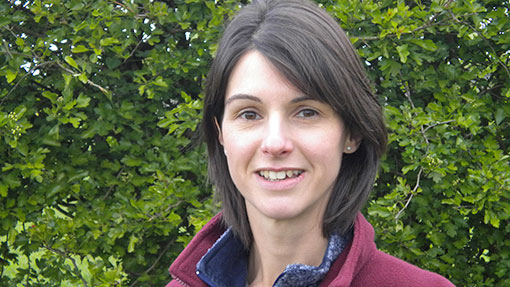Five top tips for compact calving

Senior EBLEX beef and sheep scientist Dr Mary Vickers gives her advice on how farmers can shorten their calving period.
1. Why is your calving season currently too long? Are cows getting in-calf quickly or are their calving dates gradually slipping later every year? Key areas to ensure good levels of fertility are herd health and body condition. Know your herd’s health status and ensure the herd is up to date with any vaccinations before the breeding season. Optimise conception rates by ensuring cows are in the correct body condition score (2.5-3) and on good-quality pasture during the breeding season.
2. In terms of fertility, the bull is key, so conducting a bull MOT pre-breeding, including asking your vet to check physical correctness and semen quality, reduces the risk of sub- or infertility in stock bulls, which can have a devastating effect on calving patterns. Also consider the bulls estimated breeding values (EBVs) for calving ease direct as calving difficulties will have a negative effect on cow fertility.
See also Tighter calving period pays for Northants farmer
3. Decide when the optimum calving period for your herd is. For spring-calving herds, this usually coincides with spring grass availability. Then decide when to put the bulls in and take them out. Being disciplined about taking the bull out is crucial, and if the calving period is currently very long then a gradual reduction is recommended. Cows that do not get in-calf within the target period should be removed from the herd, either by selling them with calves at foot or after weaning, but breeding from them again will make achieving a compact calving period more difficult.
4. Ensure any replacements entering the herd calve down at the start of the calving period. An early-calving heifer will become an early-calving cow. By mating heifers for six weeks at the start of the breeding season, only those most fertile heifers will be retained to join the herd. This will mean mating a larger group of heifers than you need, but those not pregnant can be sold or finished.
5. Keep good records about herd management during the year so they can be used to identify where problems may be occurring or what factors have helped performance. For example, knowing which cows run with which bulls will help identify bull fertility issues at a later date, while monitoring calf performance will pinpoint those cows that are weaning the best calves year on year.
